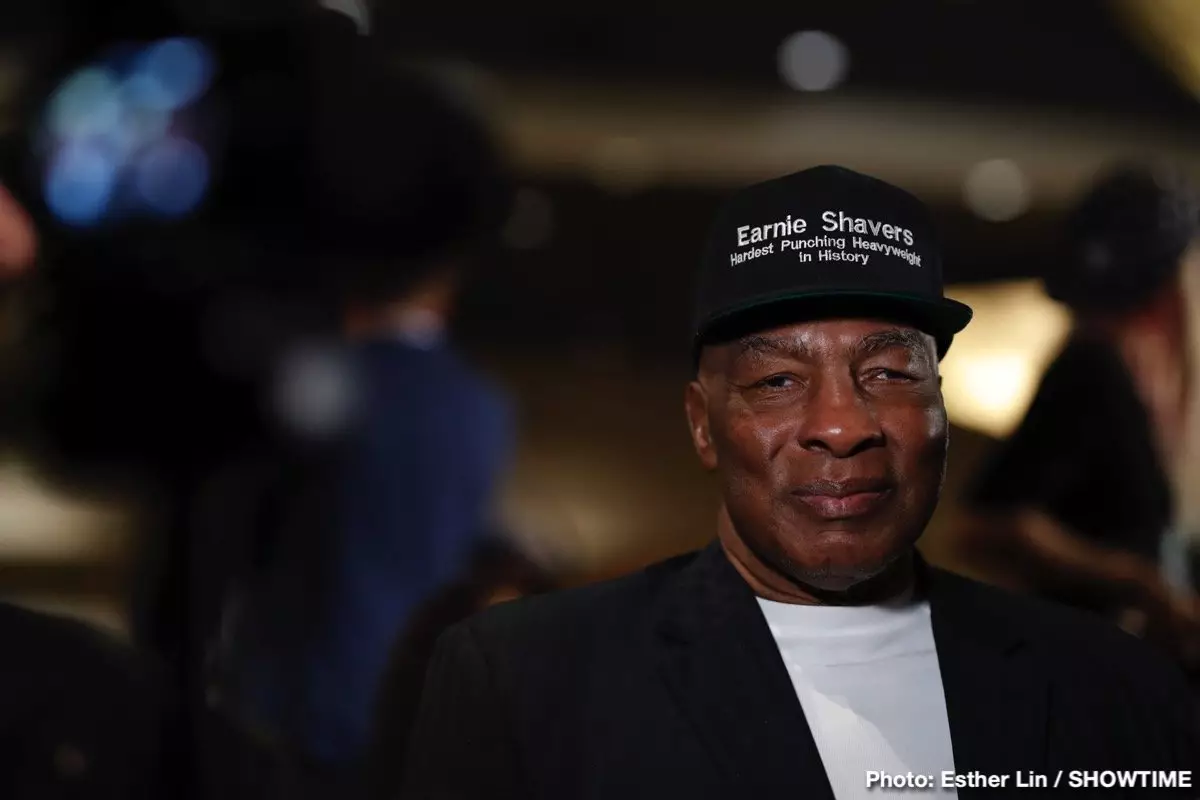In the annals of boxing history, numerous fighters grappled against the tides of misfortune, but few embody the term “underrated” as profoundly as Jimmy Young. A Philadelphia native, Young’s career is a testament to resilience forged through countless setbacks and misjudgments that often left him grasping for recognition on the sport’s grand stage. More than just a fighter, Young represents the struggle of many athletes who, despite possessing extraordinary talent, fall victim to the whims of subjective judging and sheer bad luck.
Jimmy Young’s entry into the professional world was anything but gentle. With an unremarkable amateur background that contrasted sharply with his undeniable skill, he quickly found himself matched against formidable opponents. His professional debut drew considerable skepticism, as Young was thrust into battle with the experienced Roy Williams just six fights into his tenure. At the tender age of 22, he faced a harsh reality as Williams handed him a defeat, setting a tone of struggle that would echo throughout his career.
Young’s career path became increasingly treacherous when lost to Randy Neumann, followed closely by a devastating loss at the hands of Earnie Shavers. Despite these early blows, Young’s resolve remained unbroken. His experience training with heavyweight champion Joe Frazier catalyzed his transformation into a slick and tactical boxer capable of earning respect in the ring.
As he began to find his groove, Young faced yet another opponent far crueler than any boxer—the system itself. The circumstances regarding the judging in his rematch with Earnie Shavers in 1973 are illustrative of Young’s ongoing battle for recognition. Despite putting forth an impressive performance, securing a draw felt like a blatant disregard for his skill. This wasn’t merely about winning; it was about getting the acknowledgment he so deeply deserved.
His subsequent bout against Muhammad Ali only intensified the scrutiny surrounding his career. While analysts hail Young’s tactical prowess during that match, culminating in a decision loss that many consider a robbery, it is evident that fate wasn’t on his side. Ali, uncharacteristically lackluster and missing his usual precision, walked away victorious. For Young, this didn’t mark the end of disappointment but was merely another chapter in his long saga of near-misses.
March 1977 proved to be a watershed moment for Young. Facing the legendary George Foreman, Young didn’t just compete; he thrived. In a shocking turn of events, he outboxed the feared puncher and even managed a knockdown in the final round. This victory elevated him into the realm of not only recognition but also legitimacy. Young had showcased an evolution as a fighter—one marked by strategic sophistication and mental fortitude.
However, the triumph was bittersweet, as the thrilling momentum would soon taper off. A closely contested decision loss to Ken Norton, another point of contention for many observers, further exemplified the feeling that Young was perpetually fighting an uphill battle.
As the years wore on, Jimmy Young’s performance began to falter. A confluence of factors contributed to his decline—injuries, age, and perhaps the emotional toll of consistent disappointments in the ring. Facing opponents like Ossie Ocasio and Gerry Cooney only inflected further pain, culminating in a heartbreaking end to what was once a promising career.
Young ultimately retired in 1990 with a record that leaves much to be desired on paper—35 wins, 18 losses, and 3 draws. However, beneath the surface of those statistics lies a fighter whose tenacity refused to submit to notice. The echoes of his encounters are felt not just in numerics but in the physical and emotional journey that carved out his identity in the sport.
While Young may not have secured a heavyweight title, his legacy extends far beyond mere accolades. He serves as a symbol of the countless athletes who pour their heart and soul into their craft only to find themselves just out of reach of greatness.
Jimmy Young’s demise in February 2005, at a mere 56 years of age, leaves behind questions about what might have been. His spirit remains alive, a reminder that in the ruthless world of boxing, the spotlight does not always shine upon the deserving. Had he been active today, many speculate he would undoubtedly challenge some of the elite heavyweights of modern boxing—Oleksandr Usyk, Tyson Fury, and Anthony Joshua—making a case for an athlete who deserved recognition but continually fell short of it.
In retrospect, Jimmy Young’s journey is a bittersweet narrative—a compelling tale of might, misfortune, and unwavering spirit in the face of adversity.

